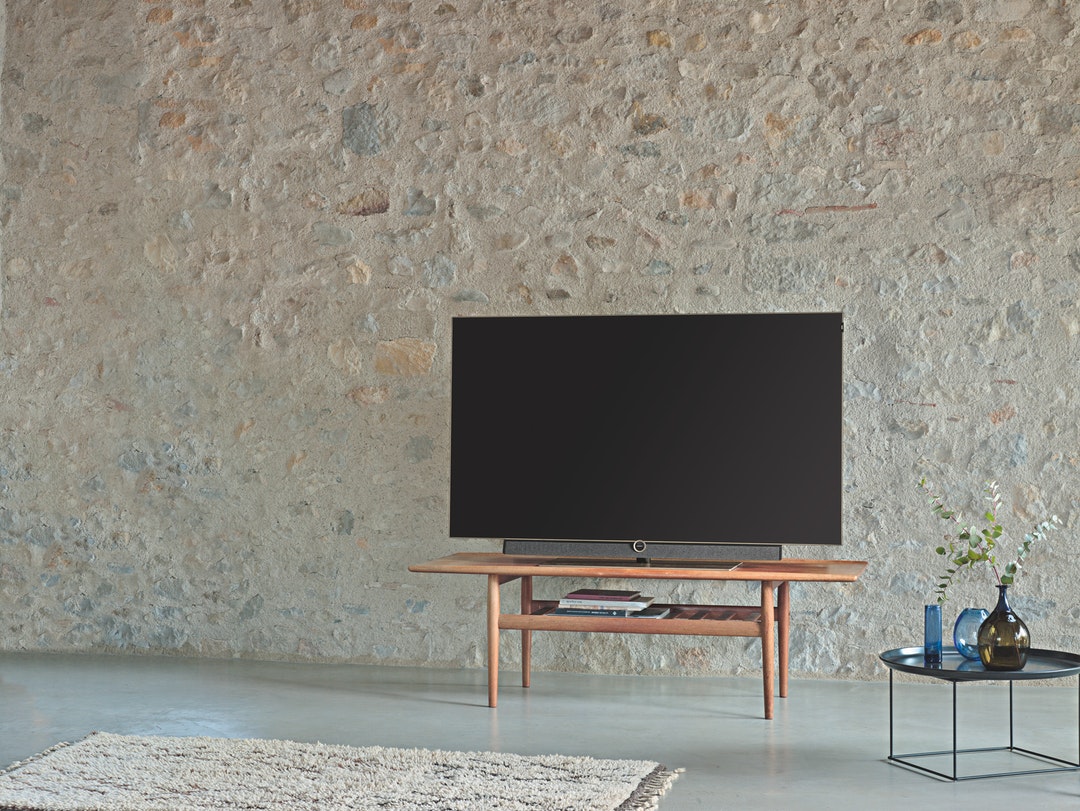
Home Theater 101: How to Adjust Your TV Settings for a Better Viewing Experience
People across the United States spend, on average, 6 hours per day watching video. This video watching takes place across a variety of screens including computers, mobile phones, and of course on big screen televisions.
While we won’t be diving into mobile phones or computer monitors today, we will be breaking down a few simple ways you can improve the look of that massive TV you’re showing off in your family room.
Here’s the thing, your television is packed with hundreds of TV settings you’re probably going to ignore. You know, those settings you see when you accidentally hit the “menu” button on your remote?
The truth is though that some of those settings are making or breaking your viewing experience.
Below, we outline some of the most important TV settings that are worth your time so you can get the most bang for your TV viewing buck!
Contents
1. Picture Mode
It’s important to note that all TVs are different so the options on your TV may be titled a little different than how we title them in this article.
If your TV is like most though, chances are you have a picture mode setting that gives you options like “cinema” or “live”. These are pre-baked configurations that can give you a good baseline to work from.
Go ahead and choose “cinema” or “movie” mode before moving on.
2. Edge Replacement
Sometimes the quality of your TVs picture can seem soft. This may be particularly true when your TV is trying to process an image that’s of higher quality than it can natively output (for example, streaming 4K video on a standard HD television).
To help add some sharpness to the image, there is an Edge Replacement feature in your TV settings that you’ll want to balance out.
If you’re too aggressive with Edge Replacement, you’ll notice a halo effect on your image that you probably won’t like. Do your best to find a happy medium.
3. HDR+ Mode
HDR+ Mode introduces more dynamic tones in colors which can make images appear vibrant and saturated. This feature may also be titled “Live Color” on your TV.
Depending on your taste, you may want to turn these features off. When off, images will appear more true to life. If you’re not a fan of the dull colors of reality, feel free to keep this setting on.
4. Motion Interpolation
Have you ever seen the “soap opera” effect where images seem so real that it feels like you’re standing on set? This effect is particularly prevalent with Blu Ray movies.
There is a setting in your TV called Motion Interpolation (or Motionflow, Auto MotionPlus, etc.) that tries to impose that effect on everything you watch.
Most people don’t like the “live” effect Motion Interpolation causes. If you’re one of them, make sure that it’s turned off in your TV settings.
5. Contrast Enhance
Contrast Enhance or “Dynamic Contrast” crush blacks in your picture which can give things a more cinematic and brooding tone. In doing so however, it also reduces the amount of detail you’ll find in colors.
We recommend ticking this feature off since watching movies that are already edited to be dark with Contrast Enhance on can make images unwatchable.
6. Noise Reduction Features
Most TV settings are packed with a variety of noise reduction features. These features (Smooth Gradiation, Super Resolution, etc.) aim to cut down on the amount of grain in images.
While noise reduction sounds like a good idea, the way in which TVs go about achieving that end can harm overall picture quality. If you’re noticing that your image seems too soft, it could be noise reduction’s doing.
As a general rule, tick noise reduction settings off for high-quality media (Blu Ray, 4K, etc.) and consider playing with them when dealing with things like SDTV or basic HD.
7. Black Tone and Detail
Black Tone and Detail are the Ying and Yang of ensuring that your TVs picture is displaying the correct levels of darkness. It’s best to leave these TV settings where they are by default unless you’re experiencing big issues.
Typically, if you lighten areas of an image that were edited to be dark, you’ll introduce a lot of noise to your picture.
8. If All Else Fails, Check Your HDMI Cables
If after playing with the 7 settings above you’re still not getting the picture quality you’re expecting, check your HDMI cables. Many times an HDMI cable that got damaged during a TV installation can be at the root of all of your image woes.
HDMI cables can get bought on Amazon for under $10.00.
You don’t have to overpay for an HDMI to get good picture quality so if a new “Amazon Basics HDMI Cable” isn’t doing the trick for you, consider resetting your TV settings and calling its manufacturer for additional advice.
Wrapping Up How to Adjust Your TV Settings for a Better Viewing Experience
TV settings are there to help people get the most out of their television set. By ignoring yours, you’re leaving valuable picture quality on the table and undermining the quality and care your TVs manufacturer’s put into their product.
Our recommendation is to heed our advice above to turn up your TV viewing experience. If you’re still having trouble, again, it’s best to consult your manufacturer for specific steps on how to make your picture meet your expectations.
For more information on all things tech, entertainment and more, check out additional content on Donklephant today!


Comments are closed.